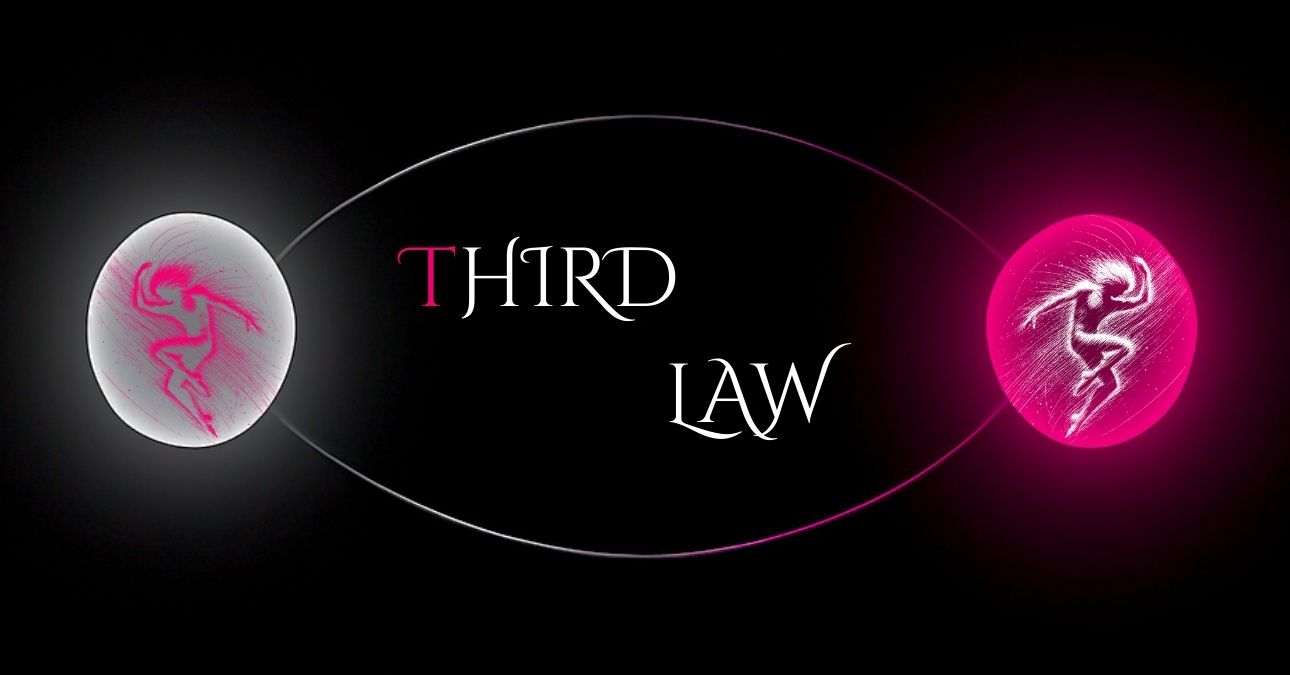Echo Chamber

The Third Law: The Harmony of Counterbalance
If the Second Law is impact, then The Third Law is aftermath - proof that every strike leaves an echo, every motion a counterpoint. Newton’s principle that every action has an equal and opposite reaction unfolds here not as a formula, but as choreography in sound.
Piano initiates the dialogue, a phrase cast like a stone across still water. Violins answer back, not in imitation but in resistance - a mirror melody, shaped by opposition. The suite begins its cycle of call and response.
Friction crackles in tremolo, tension hums in restraint. Triplets weave dancers together, then split them apart, a fleeting waltz of unity and division. Strings soar upward as if in flight, only to be pulled down again by the steady gravity of bass. Silence interrupts, then motion reclaims the stage, push and pull exchanging control in an audible tug-of-war.
This is a piece built on symmetry, but never still. Forces meet, resist, and yield, carving arcs that are as much visual as they are sonic. At its heart is balance, but not the balance of serenity - rather the balance of ceaseless interplay, of action and reaction locked in eternal embrace.
The Third Law closes as it began: piano and violin in dialogue, melody circling back on itself. Not conclusion, but continuation - a reminder that every note, like every force, leaves behind its opposite, waiting to respond.
The Third Law is not only music. It is proof that motion is never alone. There is no silence, only response.
Press play, and enter Newton’s Laws Dance Suite - where every note returns with its equal and opposite force.

